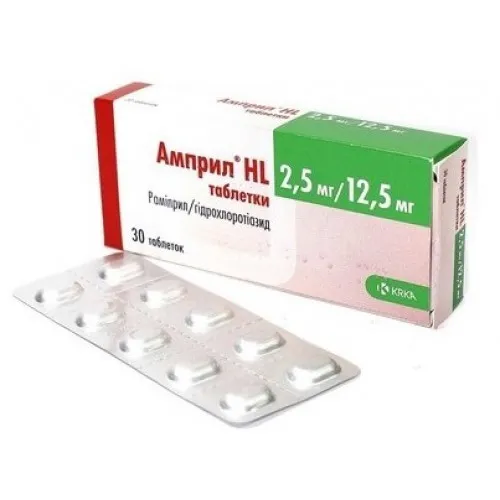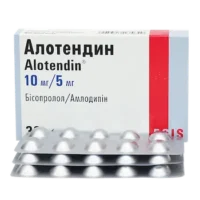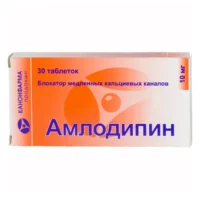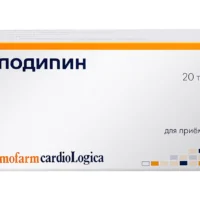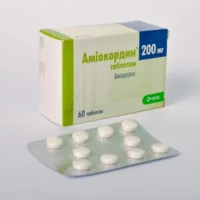Description
Ampril (Ramipril) HL tablets 2.5 mg/12.5 mg. №30
Ingredients
Each tablet contains 2.5 mg of Ramipril and 12.5 mg of Hydrochlorothiazide.
Dosage
The usual recommended dose is one tablet taken once a day. It is important to follow the instructions of your healthcare provider.
Indications
Ampril HL tablets are indicated for the treatment of hypertension. This medication helps to lower blood pressure, reducing the risk of strokes, heart attacks, and kidney problems.
Contraindications
Do not take Ampril HL tablets if you are allergic to Ramipril, Hydrochlorothiazide, or any other ingredients in the medication. It is also contraindicated in pregnancy and severe renal impairment.
Directions
Take Ampril HL tablets exactly as prescribed by your doctor. Swallow the tablet whole with a glass of water. It can be taken with or without food.
Scientific Evidence
Ramipril, the active ingredient in Ampril HL tablets, is an ACE inhibitor that works by relaxing blood vessels, making it easier for the heart to pump blood. Hydrochlorothiazide is a diuretic that helps the body remove excess salt and water. Studies have shown that the combination of Ramipril and Hydrochlorothiazide is effective in lowering blood pressure and reducing cardiovascular events.
Additional Information
It is important to monitor your blood pressure regularly while taking Ampril HL tablets. Some common side effects may include dizziness, cough, and electrolyte imbalances. If you experience any severe side effects, contact your healthcare provider immediately.
Pharmacological Effects
Ramipril inhibits the angiotensin-converting enzyme (ACE), which plays a crucial role in the renin-angiotensin-aldosterone system. By blocking ACE, Ramipril reduces the production of angiotensin II, a potent vasoconstrictor, leading to vasodilation and decreased blood pressure. Hydrochlorothiazide, on the other hand, promotes diuresis by inhibiting sodium reabsorption in the distal convoluted tubule. The combination of these two mechanisms results in a synergistic antihypertensive effect.
Clinical Trials and Comparative Effectiveness
Clinical trials have demonstrated the efficacy of Ramipril and Hydrochlorothiazide combination therapy in reducing blood pressure and improving cardiovascular outcomes. In a study by Yusuf et al., the use of Ramipril in high-risk patients significantly reduced the incidence of myocardial infarction, stroke, and cardiovascular death. When compared to monotherapy, the combination of Ramipril and Hydrochlorothiazide showed superior blood pressure control and a lower risk of adverse events.
- Yusuf S, Sleight P, Pogue J, Bosch J, Davies R, Dagenais G. Effects of an angiotensin-converting-enzyme inhibitor, ramipril, on cardiovascular events in high-risk patients. N Engl J Med. 2000;342(3):145-153.

